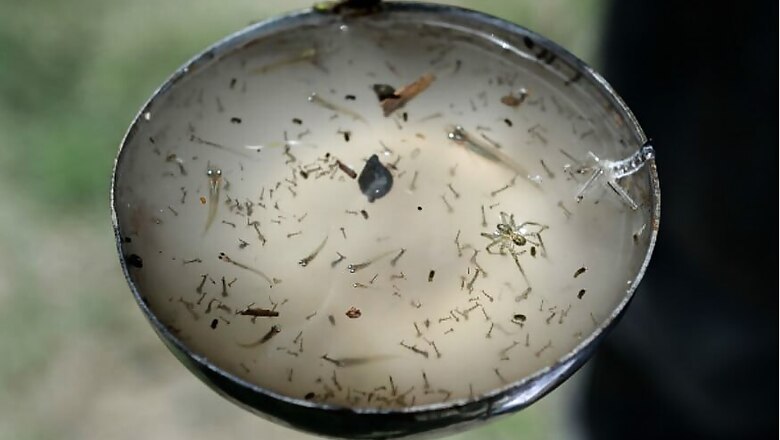Why Standing Water Must be Removed from All Corners of the House Every Week to Check Dengue, Malaria

views
Sometimes, the umpteenth number of initiatives fail to act as a deterrent to the spread of deadly mosquito-borne disease. But at times, mere inspection of your home can get you miles without being hit by such fatal diseases like malaria and dengue.
The common notion that dengue mosquito breeds only on clean water does not have a scientific basis as experts suggest that eggs can be laid in clean or muddy water that has been stagnant for six days. Thus, inspecting for standing water every week is the primary and the most significant step in checking the outbreak of dengue.
That even a small quantity of water, as little as 40 ml, can grow mosquitoes leading to such deadly diseases, is a fact.
Various studies establish the fact that concealed spots like water-holding trays underneath some refrigerators can be a potential breeding ground for the Aedes mosquitoes, responsible for the spread of dengue fever. All stagnant water at playgrounds and anywhere else in the buildings, and clean all water-filled containers and pots must be regularly drained out.
Mosquitoes hatch eggs wherever they find stagnant water, including water-filled containers and abandoned tires in and around households. Over 80 percent of these mosquitoes breeding in clean stagnant water could be the infamous dengue-spreading Aedes aegypti.
Infected mosquitoes might use empty homes, schools and offices as prime breeding grounds. Therefore, if stagnant water in any of those sources is not cleaned, then they may become breeding sites for the Aedes mosquito.
Over 3.9 billion people, in 128 countries, are at risk of infection with dengue viruses. India remains vulnerable to these viruses.

















Comments
0 comment